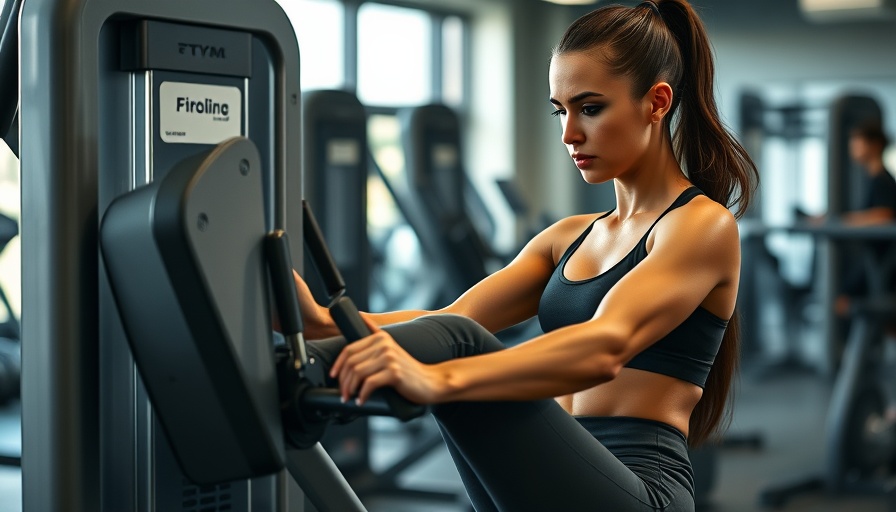
Unleash Your Legs: Alternatives to Leg Curls for Strength
Tired of doing the same old leg workouts at the gym? There is more to achieving strong legs than simply relying on leg curls. These traditional exercises, while effective at targeting the hamstrings, may put unwanted stress on your knees and back, leading to discomfort or injury over time. This article presents seven leg curl alternatives that not only strengthen your hamstrings but also engage the entire lower body to enhance stability and overall strength.
Understanding the Leg Curl Exercise
The leg curl, particularly in its lying form, isolates the hamstrings and calf muscles. It’s crucial to learn the correct form in order to maximize the benefits while minimizing risk. Imagine lowering your body onto the machine, adjusting the pad to rest gently above your heels, and feeling your core tighten as you curl your heels towards your glutes. Engaging in this exercise can boost muscle tone and build strength essential for daily movement.
Benefits of Incorporating Leg Curl Alternatives
While the leg curl has its place, introducing alternative exercises can help prevent joint strain and improve functional movement patterns. Alternatives like deadlifts or bridges allow you to engage multiple muscle groups and provide a more balanced workout for your lower body. Research shows that strengthening the hamstrings through varied exercises also contributes to better mobility and lowers the risk of injury.
7 Effective Leg Curl Alternatives to Consider
Here are seven alternatives that can help you feel the burn in all the right places while keeping your joints safe:
- Romanian Deadlifts: Perfect for targeting hamstrings and glutes. This exercise mimics the natural movements of daily life, ensuring that your workouts translate to functional strength.
- Glute Bridges: These not only reinforce hamstring strength but also engage the glutes, offering a solid foundation for your entire lower body.
- Single-Leg Deadlifts: An excellent way to enhance balance as well as strength, this exercise challenges your core stability while isolating the hamstrings.
- Step-Ups: Great for combination training, step-ups engage the quads and hamstrings while promoting coordination.
- Bodyweight Squats: A classic move that targets multiple muscle groups, squats can build significant leg strength while being gentle on the joints if performed correctly.
- Lunges: Whether frontal, lateral, or walking lunges, these add variety and challenge to your workouts while engaging glutes, quads, and hamstrings.
- Hamstring Stretch and Strength Exercises: Balancing stretches with strength training will ensure your muscles remain supple and less prone to injury.
Caring for Your Knees: How to Avoid Injury
As you expand your leg workouts to include these alternatives, consider incorporating warming-up routines focused on joint health. Stretching and using foam rollers can aid in recovery and prepare your muscles for action. Furthermore, ensure to listen to your body; if an exercise feels uncomfortable, it may be wise to swap it out for another that feels better for your knees.
Building a Sustainable Leg Day Routine
Integrating these alternatives allows for a more holistic approach to leg day. Varying your programs not only can prevent physical overuse but also can keep your workouts exciting and motivating. Enjoy the process of exploring different exercises and discovering which ones resonate best with you!
Embrace a Fulfilling Fitness Journey
Considering leg curl alternatives is not just about changing your workout; it’s about redefining your relationship with fitness. Using diversified exercises can empower you to feel stronger, more capable, and in tune with your body’s needs.
To maximize your fitness journey, try incorporating these alternatives into your weekly routine. Equip yourself with what you’ve learned and explore the benefits of trying something new!
 Add Row
Add Row  Add
Add 




Write A Comment